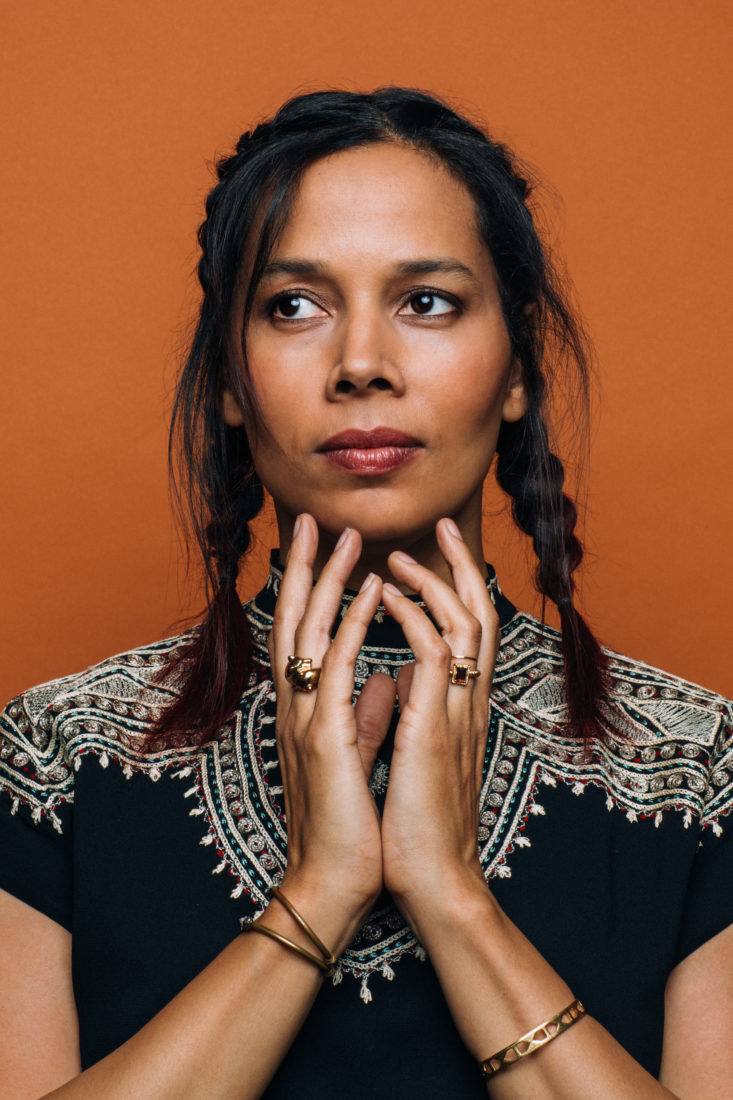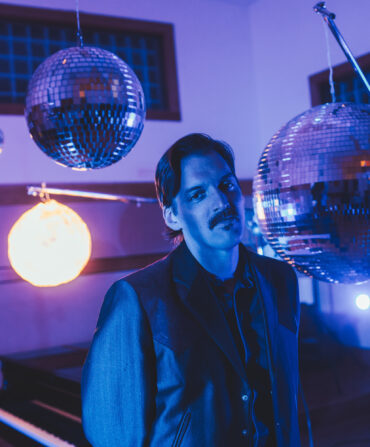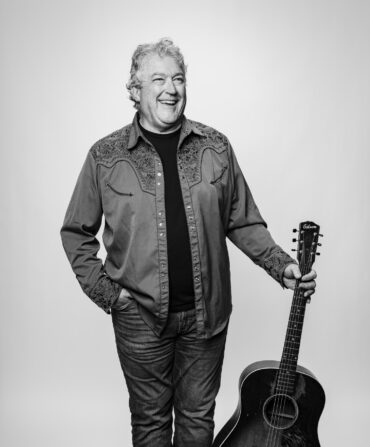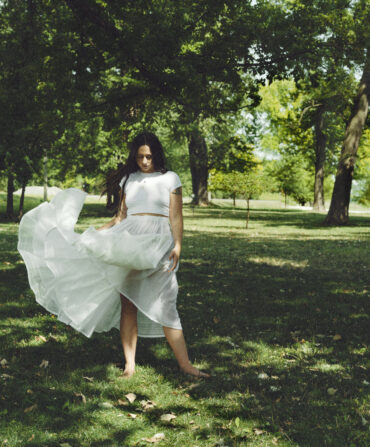Despite being locked down in Ireland for the past year, Rhiannon Giddens has still, to no one’s surprise, managed to juggle multiple things at once. She’s the host of Aria Code, a podcast that takes listeners behind the opera curtain. She’s the artistic director of Silk Road, a collaborative arts organization founded by the cellist Yo-Yo Ma. And she’s the doting mother of two children, one of whom is currently making faces with a banana stuffed into his mouth. “He likes to photo bomb my Zoom calls,” she says with a shrug.
Giddens, who grew up in North Carolina, and her partner, the Italian musician Francesco Turrisi, also found time in a Dublin studio to make They’re Calling Me Home, a stellar collection that taps into the disorientation of the pandemic by exploring the concept of “home” as both a place to be from and a place to get to. The theme of coming home also finds voice in Giddens’s gorgeous take on the traditional folk song “O Death,” which is perhaps best known from Ralph Stanley’s version in O Brother, Where Art Thou?
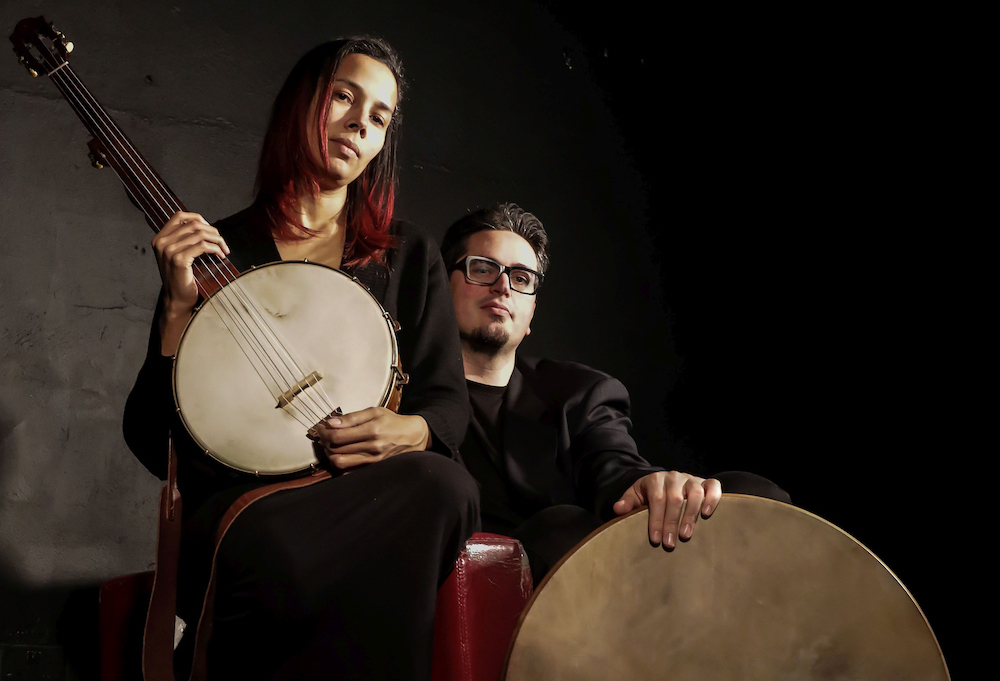
Hear the song and see its accompanying video below, which Garden & Gun is proud to premiere. For the video, Giddens tapped the Irish illustrator Maeve Clancy, who drew the story line on paper and then uses a crank key to literally pull the artwork along (don’t miss the first scene, which shows what Clancy is up to). And read more from our conversation with Giddens about Clancy, sad songs, and what she misses most about the South.
What attracted you to Clancy’s work?
I love the idea of old technology plus new technology. Maeve is cranking one long piece of paper from one side to the other. I hope people realize that! She’s responding to what’s going on in the song. And she found a certain style and then had to draw it so it has the same tempo as the song. I love getting inside another artist’s world for a bit.
There are numerous versions of “O Death” out there. Were there any that particularly inspired you?
I looked around until I found one that spoke to me. I listen not only for style, but for verses. People add and subtract through the years. I never thought about doing that song until I heard Bessie Jones’s version [Jones was a twentieth-century Black folk singer from Georgia]. It spoke to me much more than Ralph Stanley’s version. [But] I try not to think about it crazy hard. I listen to it for a hot minute, then once I start singing, I don’t listen to that version again.
The album has some profoundly sad songs on it, yet there’s something comforting about them too.
The majority of those songs were ones that we were singing ourselves every day [laughs]. Digging into the sadness can open you up to the light. That’s the way life is. Songs like “Black As Crow,” where the line is “as time draws near, my dearest dear”—there’s a beauty to be found while sinking into that emotion. You do feel lighter after singing it.
What do you miss most about the South?
Seeing different looking faces, hearing different voices. I’m trying to replicate the food. My sister sent me some White Lily Flour. If my kids are with me when I go back, I know we will be going to Waffle House right after we land. They love it.


